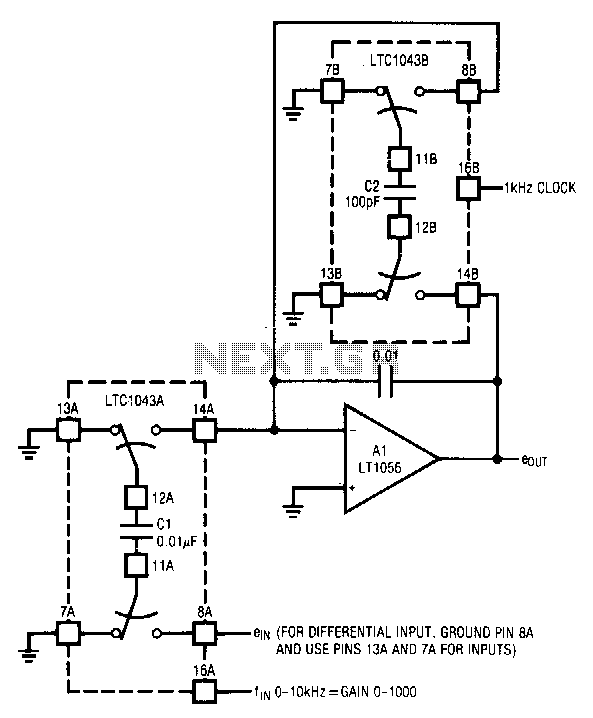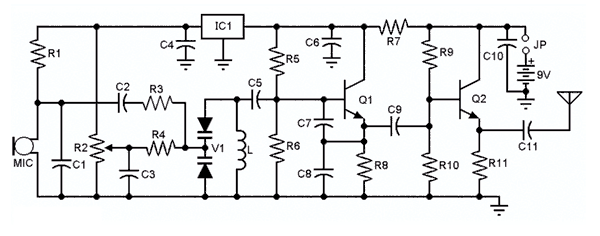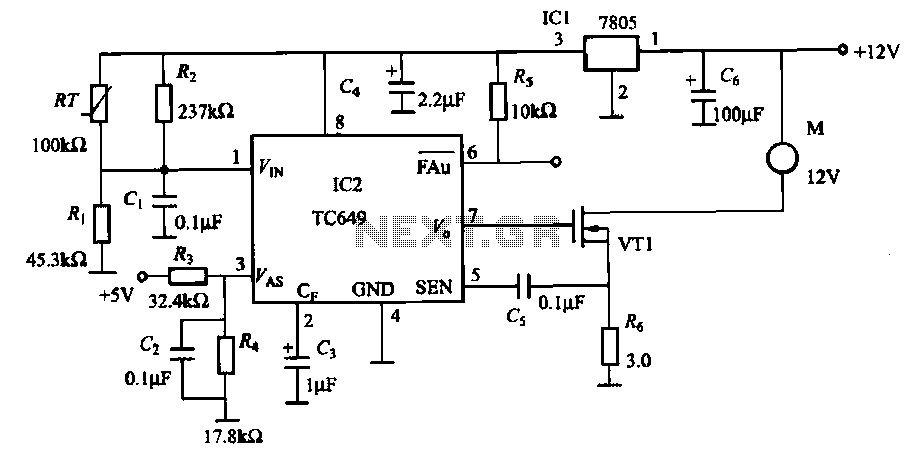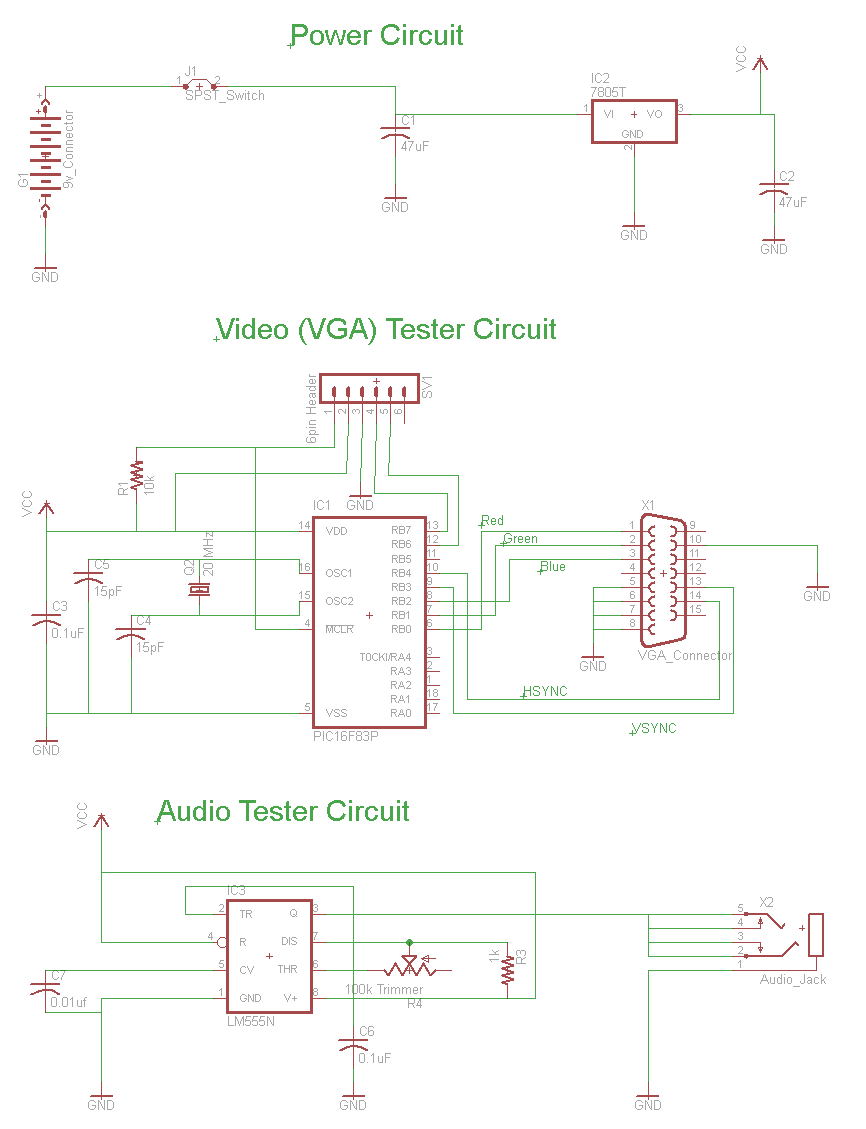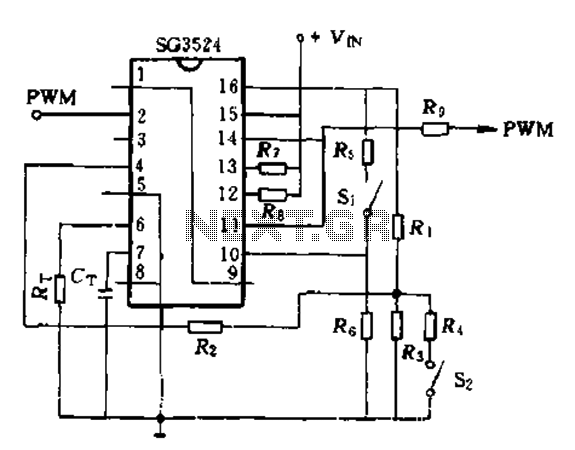
Common base transistor amplifier circuit of a unit
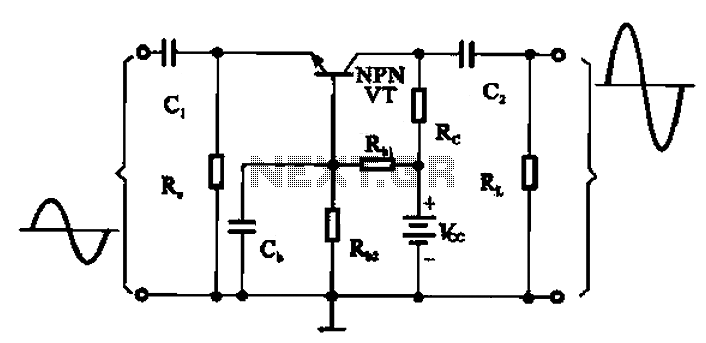
A common base transistor amplifier circuit is characterized by its basic structure, which includes key components such as a biasing resistor, capacitors for coupling, and an amplifying transistor. The circuit features four resistors that establish the quiescent point, with the collector connected to a load resistor (Rc) that functions as the load resistor (RL). Capacitors C1 and C2 serve to provide AC coupling and DC blocking, while capacitor Cb is used to connect the base (b) to ground, effectively decoupling the circuit and eliminating negative feedback effects. The input signal is applied between the emitter (e) and the base (b), while the output signal is taken from the collector (c), making the base (b) the common terminal for both input and output signals. Hence, the circuit is referred to as a common base transistor amplifier.
The common base transistor amplifier is a configuration that offers unique advantages, particularly in high-frequency applications. The circuit operates with the transistor in a common base mode, where the base terminal is common to both the input and output signals. This configuration results in a low input impedance and a high output impedance, making it suitable for applications where impedance matching is critical.
In this circuit, the biasing resistors are crucial as they set the operating point of the transistor. The values of these resistors must be calculated to ensure that the transistor operates in the active region, preventing distortion of the amplified signal. The load resistor (Rc) at the collector plays a significant role in determining the voltage gain of the amplifier, while the AC coupling capacitors (C1 and C2) ensure that only the AC component of the signal is amplified, blocking any DC offset that could affect the performance.
Capacitor Cb is particularly important in this configuration, as it serves to decouple the base from ground, thus mitigating the effects of negative feedback that could otherwise limit the gain of the amplifier. By providing a stable DC operating point while allowing AC signals to pass, Cb enhances the amplifier's performance.
The input signal is applied to the emitter terminal, where it interacts with the base-emitter junction to control the flow of current from the collector to the emitter. The output signal is taken from the collector, which reflects the amplified version of the input signal. This arrangement allows for effective signal amplification with minimal distortion, making the common base amplifier a valuable choice in RF amplification and other high-frequency applications where signal integrity is paramount. Common base transistor amplifier circuit of a unit Common base amplifier basic structure of the circuit as shown, one of the key components primarily biasing resistor, capacito r coupling and amplifying transistor. Four resistors in the circuit to establish the quiescent point is provided, wherein the collector also possesses Rc (c) a load resistor functioning as; the load resistor RL is resistor; cl and C2 are two capacitors play a role through AC coupling DC blocking capacitor; decoupling electrical pit, Cb is to make the base (b) direct exchange ground, played the role of decoupling station, that is, from the elimination of the exchange of negative feedback effect. The input signal is loaded into the transistor emitter (e) and the base (b) between the output signal from the transistor collector (c) and between the base (b), shows that the base (b ) for the input signal and the output signal common terminal, therefore, the circuit is called a common base transistor amplifier.
The common base transistor amplifier is a configuration that offers unique advantages, particularly in high-frequency applications. The circuit operates with the transistor in a common base mode, where the base terminal is common to both the input and output signals. This configuration results in a low input impedance and a high output impedance, making it suitable for applications where impedance matching is critical.
In this circuit, the biasing resistors are crucial as they set the operating point of the transistor. The values of these resistors must be calculated to ensure that the transistor operates in the active region, preventing distortion of the amplified signal. The load resistor (Rc) at the collector plays a significant role in determining the voltage gain of the amplifier, while the AC coupling capacitors (C1 and C2) ensure that only the AC component of the signal is amplified, blocking any DC offset that could affect the performance.
Capacitor Cb is particularly important in this configuration, as it serves to decouple the base from ground, thus mitigating the effects of negative feedback that could otherwise limit the gain of the amplifier. By providing a stable DC operating point while allowing AC signals to pass, Cb enhances the amplifier's performance.
The input signal is applied to the emitter terminal, where it interacts with the base-emitter junction to control the flow of current from the collector to the emitter. The output signal is taken from the collector, which reflects the amplified version of the input signal. This arrangement allows for effective signal amplification with minimal distortion, making the common base amplifier a valuable choice in RF amplification and other high-frequency applications where signal integrity is paramount. Common base transistor amplifier circuit of a unit Common base amplifier basic structure of the circuit as shown, one of the key components primarily biasing resistor, capacito r coupling and amplifying transistor. Four resistors in the circuit to establish the quiescent point is provided, wherein the collector also possesses Rc (c) a load resistor functioning as; the load resistor RL is resistor; cl and C2 are two capacitors play a role through AC coupling DC blocking capacitor; decoupling electrical pit, Cb is to make the base (b) direct exchange ground, played the role of decoupling station, that is, from the elimination of the exchange of negative feedback effect. The input signal is loaded into the transistor emitter (e) and the base (b) between the output signal from the transistor collector (c) and between the base (b), shows that the base (b ) for the input signal and the output signal common terminal, therefore, the circuit is called a common base transistor amplifier.
